Enjoy this article?
Most Museums Journal content is only available to members. Join the MA to get full access to the latest thinking and trends from across the sector, case studies and best practice advice.
This year is shaping up to be a pivotal one for historic houses, with two major events defining their future direction.
Fifty years after the Victoria and Albert Museum’s (V&A) landmark exhibition, The Destruction of the Country House, the V&A and the National Trust welcomed more than 600 professionals to a conference about the subject in May.
The exhibition in 1974, commissioned by V&A director Roy Strong, changed public opinion about country houses and encouraged moves to protect those that remained.
And this autumn, Leeds City Council and the University of Leeds, supported by the Paul Mellon Foundation, are inviting delegates to consider Public Houses: What Makes Civic Custodianship of Historic House Museums in Britain Different and Where Next?
The event is being held 9-10 October at Temple Newsam, a Tudor-Jacobean mansion set in almost 1,000 acres, which recently marked 100 years of belonging to the people of Leeds.
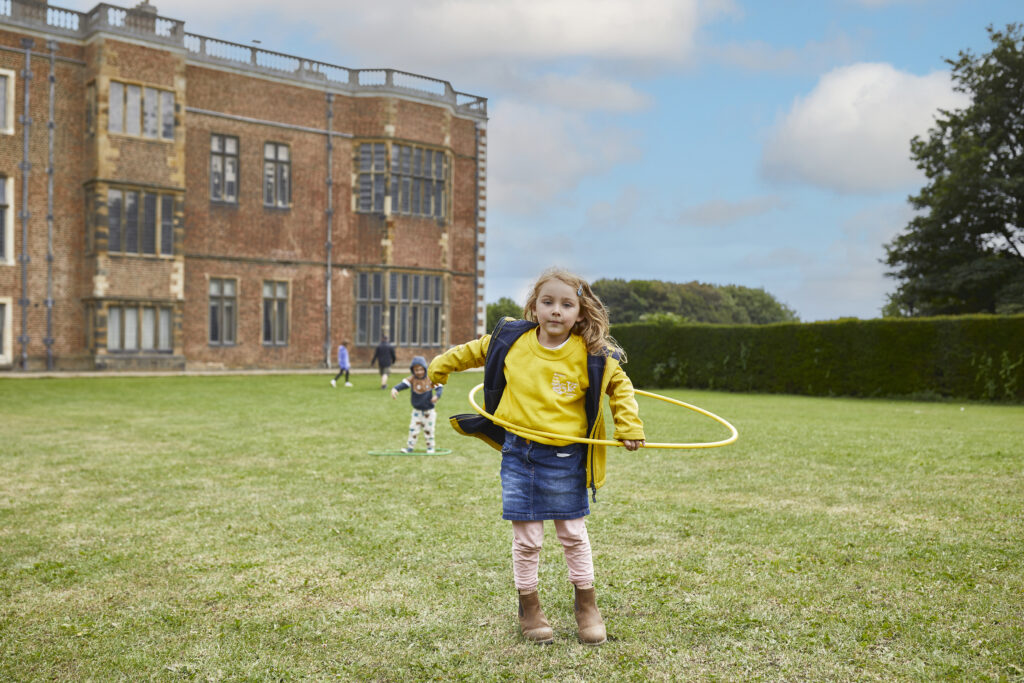
David Hopes, head of Leeds Museums and Galleries, wants the conference to help build a network to discuss issues affecting publicly owned historic houses.
Local authority-run historic house museums grapple with changing civic priorities, unique governance structures, funding cuts, staffing pressures, and responsibilities to varied stakeholders.
Temple Newsam is one of nine sites run by Leeds Museums and Galleries, including one other historic house – Lotherton Hall and Estate, on the outskirts of the city.
Leeds Museums and Galleries works with Leeds City Council’s Parks and Countryside Service to manage the Temple Newsam estate, a partnership that Hopes says is complicated by different values and budgets.
The Museums Association Conference in Leeds (12-14 November) will include a tour of Temple Newsam House.
A conservation management plan for Temple Newsam ensures greater coherence, provides a well-researched historical narrative, and draws attention to its significance and social relevance.
In terms of audience engagement, community curators at Temple Newsam and Lotherton build connections with communities and excluded groups through talks, workshops and open days.
Last year, however, Leeds Museums and Galleries faced resistance after offering free entry to people seeking refuge or asylum. The organisation responded by shining a light on its work for everyone in Leeds.
Hopes says that local authority-run historic houses can lack the clear mission of those operated by charities or the laser-like business focus of privately owned counterparts. But they often have more freedom to respond to local priorities and to challenge expectations.
One of the key challenges of operating historic houses is to find the right balance between being authentic and staying true to what makes them special, while embracing change.
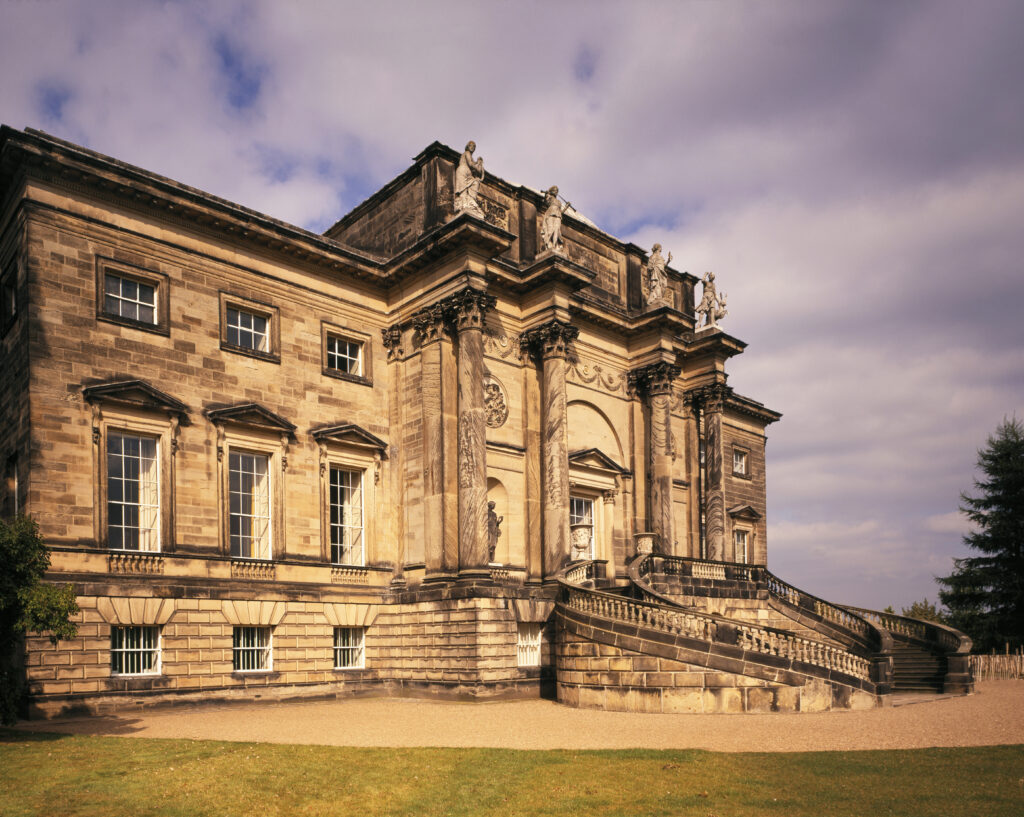
“The future lies more in the originality of what we do rather than what we have,” says Hopes, who is inspired by the National Trust’s willingness to experiment with the properties it is responsible for.
Rainham Hall in Havering is one of the trust’s sites that constantly refreshes its offer. Every two years, the interior is reimagined with a new exhibition celebrating a different character or story from its diverse history.
“That notion of choice and change is important,” Hopes says. He has seen this at the Tenement Museum in New York, which shares stories of the immigrant and migrant experience through guided tours of historic tenement buildings.
Visitors can choose the theme of their tour. Each $30 (£23) tour lasts around an hour and illuminates a different history. Visitors can see other tours happening but don’t see the whole thing at once. “The Tenement Museum gives people choice and a reason to return,” Hopes says.

The Public Country House conference stemmed from a collaboration between the National Trust and the V&A after they were awarded British Academy Innovation Fellowship funding for their Private Spaces for Public Benefit? project.
Tarnya Cooper, curatorial and conservation director at the National Trust, and Oliver Cox, head of academic partnerships at the V&A, wanted to explore the challenges of the country house as a visitor attraction and heritage asset.
Their research asked: “What responsibilities does a publicly owned historic house have to its contemporary audience and stakeholders, and whose histories are we telling?”.
“We need to increase physical and intellectual access to these extraordinary places,” Cooper says. “Heritage organisations need to be alive to how we meet audiences’ needs.”
She anticipates that properties will offer more opportunities to pause and reflect in historic houses, and more ways for people to appreciate historic environments on their own terms, whether through self-led or guide-led tours.
To ensure they have broad appeal, historic houses must use different interpretation techniques to tell a range of narratives that resonate with diverse audiences rather than just the origin stories of individual families.
“People will only care about these places when they can engage and connect with those narratives,” Cooper says.
As with museums, objects can provide a powerful way to tell engaging stories. Last year, the National Trust worked with jewellery designer Anisha Parmar to curate an exhibition around the untold stories of South Asian jewellery pieces from Kedleston Hall in Derbyshire.
The jewels were part of a collection assembled by George Nathaniel Curzon, former viceroy of India. My Adornment is My Power included a film of dancer and choreographer Kesha Raithatha dancing through Kedleston Hall, reclaiming the jewels and owning the space.
The Children’s Country House at Sudbury is another example of the changing dynamic in trust houses.
“Children are running, playing, dancing, sitting, feeling comfortable,” Cooper says. “How we engender a love for heritage in younger generations is critical to historic houses’ survival.”
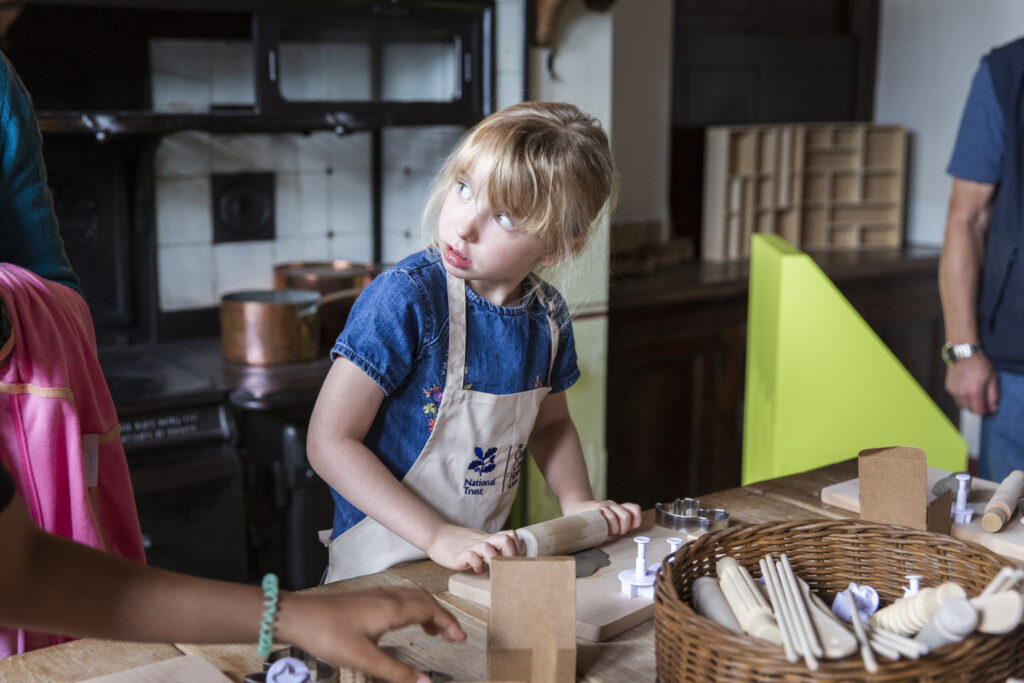
By finding ways to animate its houses, the National Trust presents them not just as places of the past but as places where things continue to happen. And despite the culture wars rumbling on, National Trust teams across the country continue to work on the trust’s 2020 report, Connections between Colonialism and Properties Now in the Care of the National Trust.
“We expect to republish the report at some point in the future,” Cooper says, adding the organisation has learned to take its time. “We want to continue to deepen understanding of the range of histories at the trust, including the colonial legacies.”
Dyrham Park near Bath exemplifies the National Trust’s new approach to interpretation. It shows how William Blathwayt invested a fortune made from the proceeds of empire in a 17th-century treasure house full of luxurious materials, objects, food and plants from around the world.
In Blathwayt’s personal apartment, visitors see two painted stands depicting enslaved men, kneeling and chained, confronting them with the human cost and the historical context. There are alternative routes for guests who may wish not to encounter them.
English Heritage is another organisation that is researching the colonial links of its historic houses. Links to the transatlantic slave trade are being explored through the Liberty and Lottery exhibition at Brodsworth Hall and Gardens in south Yorkshire.
To bring the estate’s story to life, English Heritage reached out to artists, including poet Malika Booker and carnival artist Carl Gabriel. A report into Brodsworth’s slavery connections paved the way for the exhibition.
“Balance is essential, and that balance comes through rigorous research,” says Matt Thompson, curatorial director at English Heritage.
Another project that explored a broader story was Painting our Past: The African Diaspora in England. English Heritage commissioned a series of portraits depicting six historical figures, including Roman emperor Septimius Severus and freed slave Dido Belle, whose stories enriched England’s history.
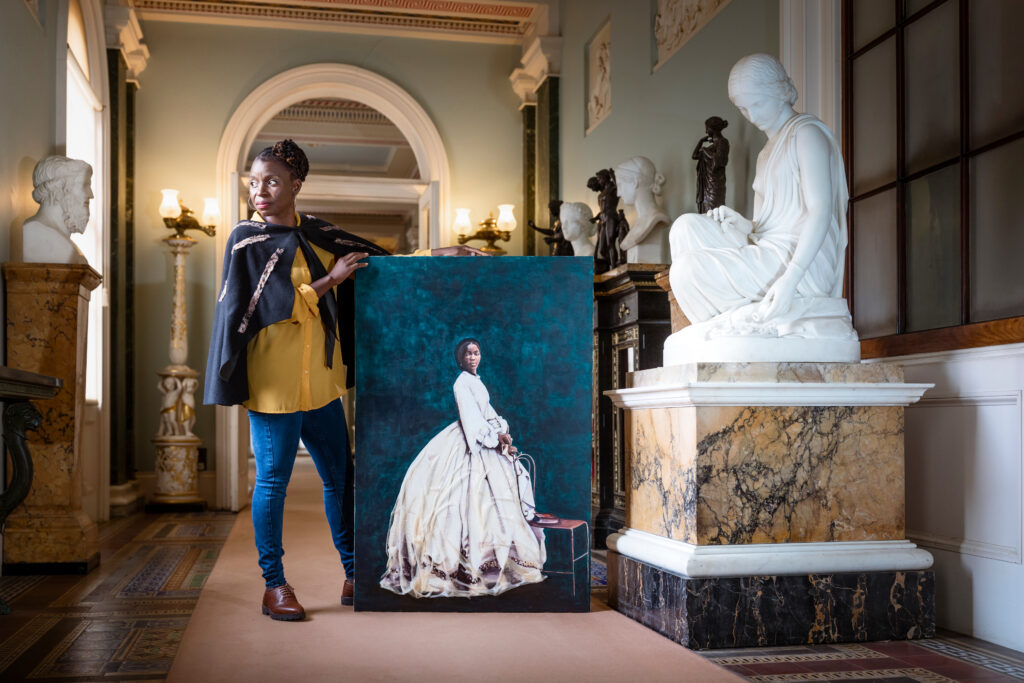
English Heritage displayed the paintings at sites across the country, including a painting of Sarah Forbes Bonetta by Hannah Uzor. The portrait of Bonetta, the daughter of an African ruler who became Queen Victoria's goddaughter, was shown at Osborne, the Queen’s seaside home on the Isle of Wight.
Brodsworth also collects the oral testimonies of people who worked on the estate in various roles. Sharing the real voices attached to properties broadens their stories, shows their recent lives, and gives visitors a way in.
“You create pathways to meaningful engagement, where people can once again feel part of that wider community,” Thompson says.
Fairfax House, a Georgian townhouse in York, proves that innovation can be achieved on a tight budget. A pre-Covid audience survey showed that 80% of visitors were over 45, with 40% of that group being over 65.
The attraction needed to reach audiences under 35, increase engagement with under-represented audiences, especially families and York residents, and encourage repeat visits.
Fairfax House staff staged a series of new exhibitions throughout the house, forging emotional connections with visitors and drawing contemporary parallels.
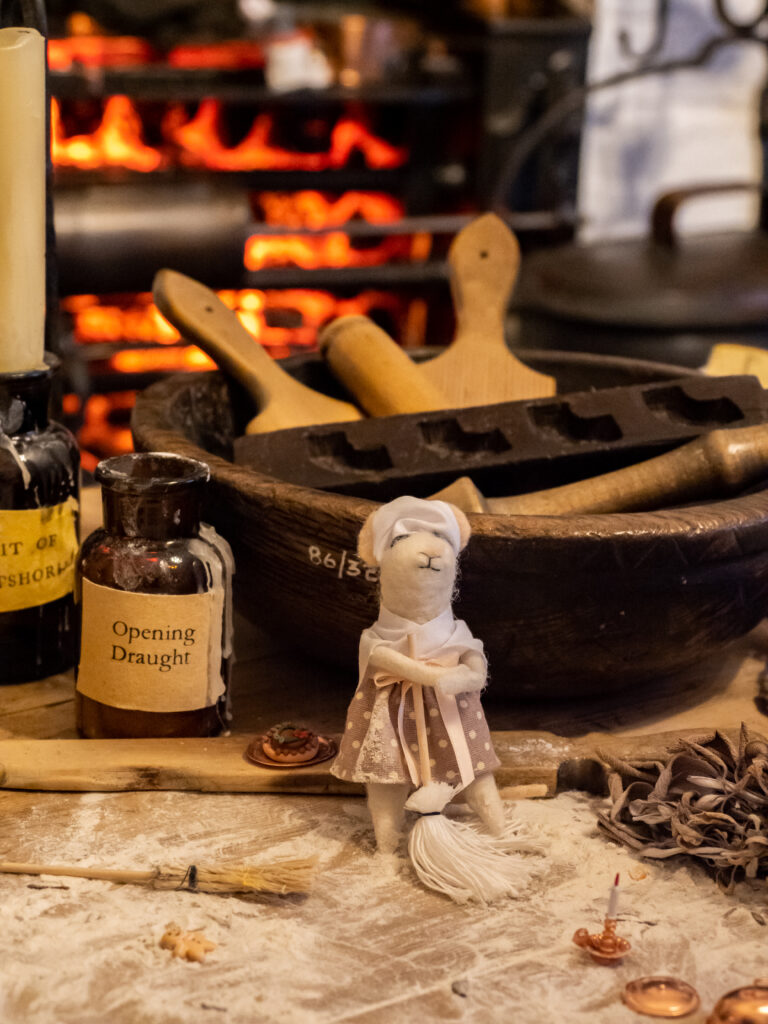
The team experimented with smell, sound and lighting effects. A Christmas experience called A Season for Giving included an illuminated display of 400 pieces of Georgian glassware. There was also the Townmouse Christmas celebration hosted in 2022 and 2023.
“We filled the house with over 400 little felt mice, dressed in Georgian clothes made by our volunteers from fabric scraps,” says curator Sarah Burnage. “It encouraged people to look high and low and enabled us to spotlight pieces and have fun with the collection. Who doesn’t love seeing a drunken mouse in an 18th-century wine glass?”
Ropes and barriers were taken away so visitors could feel more like guests at the house than spectators. The results were striking, with visitor numbers doubling over the Christmas period compared with earlier years. The offer was a particular draw for children.
In 2019, 15 children visited over Christmas, compared with 802 in 2023. Return visits and shop sales increased significantly. The developments also changed Fairfax House’s demographics, as younger audiences were attracted year-round. “In the last 40 years of operation, 2023 was one of the best years we’ve had financially,” Burnage says.
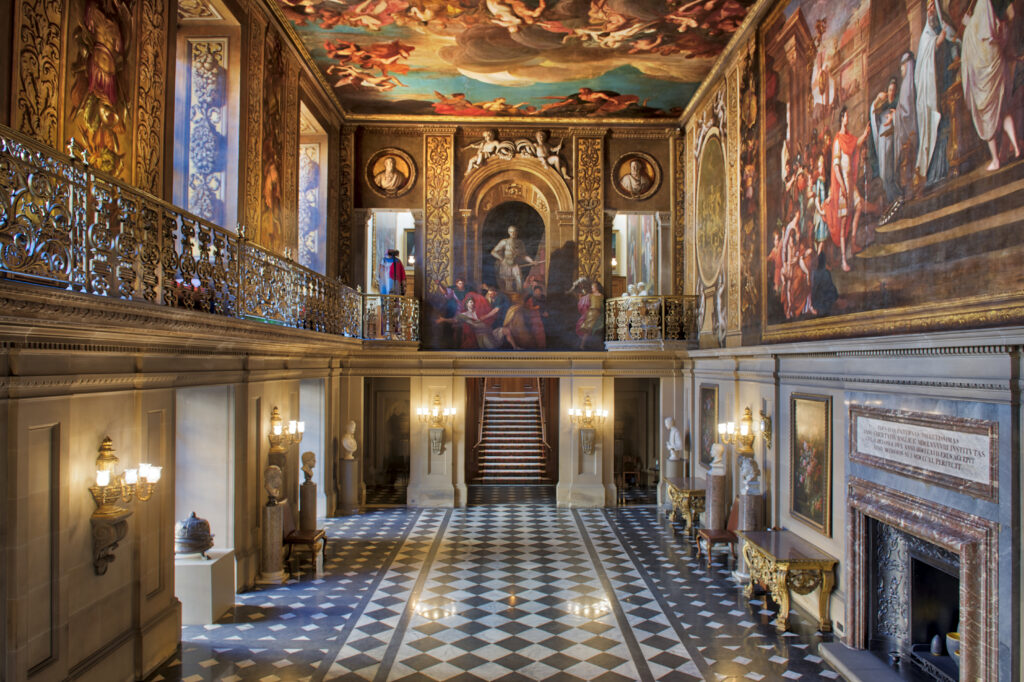
Public art is another way that historic houses attract audiences, and it is a huge draw at Chatsworth in Derbyshire. Here, visitors are as likely to encounter radical sculptures from the Burning Man festival in America as old master paintings.
For many venues, events are a vital way to appeal to visitors and to generate revenue. This can be for small groups, such as the wellbeing activities at Powderham Castle near Exeter in Devon, which offers Nordic walking groups and pilates classes. Other venues run large-scale activities such as festivals and concerts. Weddings, corporate events and overnight stays are thriving businesses for many sites.
Despite the many income-generation opportunities available to historic houses, finances are still tricky for most, particularly at a time when running costs are increasing massively.
Owen Davies, estate manager at Athelhampton House and Gardens in Dorset, recalls the huge energy costs in 2019. As a response, Giles Keating, the property’s new owner, set out to reduce the estate’s costs and environmental footprint, embarking on an ambitious project for the venue to become carbon zero.
The organisation encourages people to follow its journey by publishing details on its website and offering paid-for Athelhampton Zero tours.
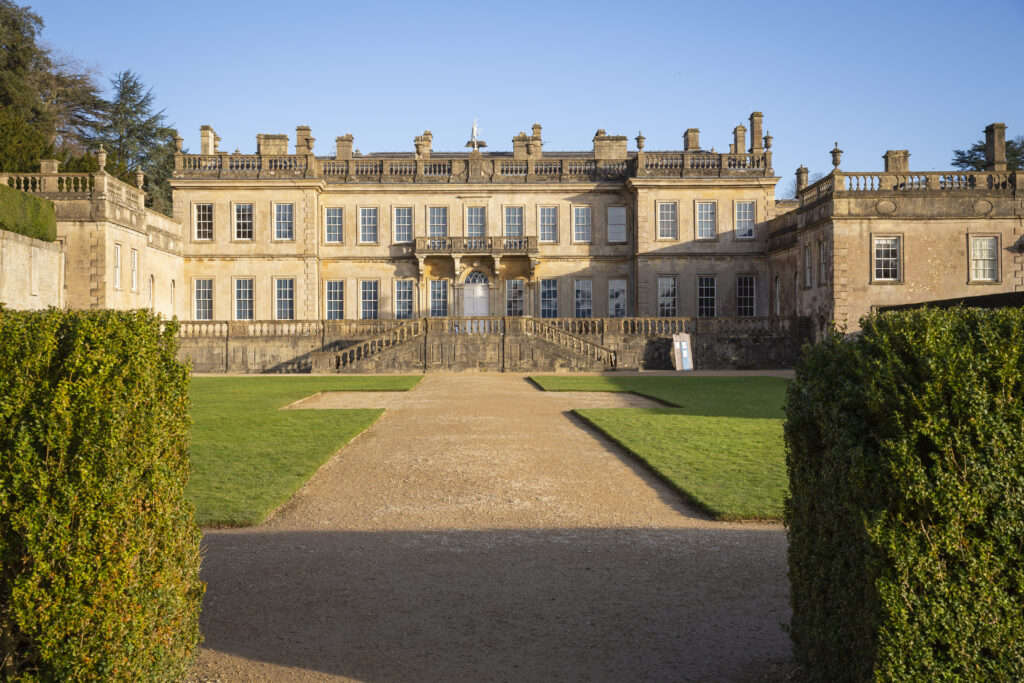
Athelhampton had to stop burning fossil fuels, which meant replacing liquid petroleum gas and oil boilers with ground and air source heat pumps, gas ovens with electric ovens, and gas cooking ranges with induction hobs.
A 130kW solar PV array provides power during the day. Tesla battery technology stores power to run Athelhampton overnight. Davies says it now cost much less to heat the house.
Ben Cowell is the director general at Historic Houses, an organisation that represents properties, and author of a new book, The British Country House Revival.
He says that as private owners of historic houses don’t receive government support, tax subsidies and grants, they have to devise their own routes to succeed.
“They have developed resilience through enterprise by paying close attention to consumer trends, adapting and changing their offer,” Cowell says.
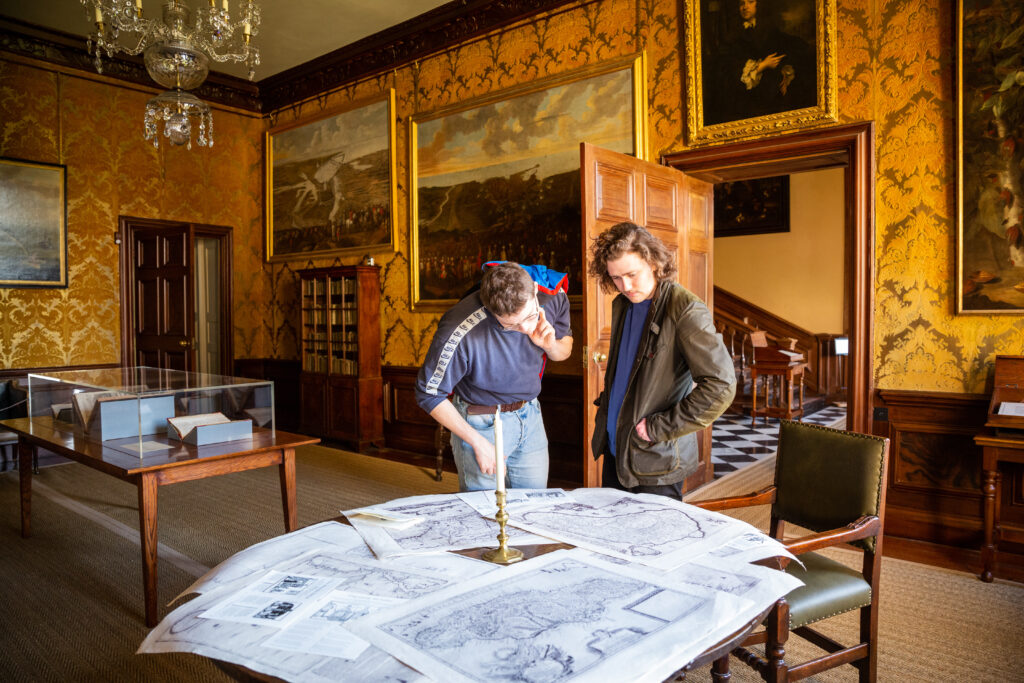
He points out that the National Lottery Heritage Fund only recently raised the cap on the funding that private owners can apply for from £100,000 to £250,000. He would like to see private owners given more appreciation and latitude, for example, in relation to planning.
“Historic houses are the backbone of our tourist industry – they drive visitors to this country,” he says.
But despite the many challenges that historic houses face, Cowell is confident about their future, provided they can survive the current cost-of-living crisis.
Historic houses vary greatly across the UK, and that is one of their strengths. But to stay relevant, they need to tell different stories that interest diverse audiences. This will help new generations to feel at home in them and invested in their survival.
Juliana Gilling is a freelance writer
Most Museums Journal content is only available to members. Join the MA to get full access to the latest thinking and trends from across the sector, case studies and best practice advice.